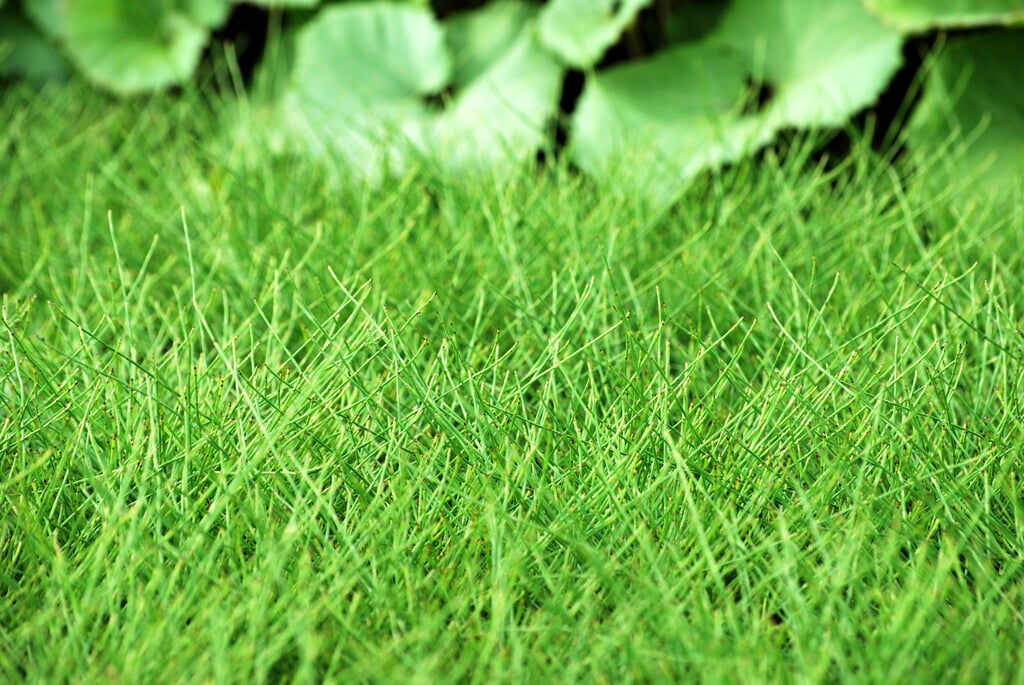Not the plant you're looking for? Search over 300,000 plants
Grass LikeBogs
Size
Ultimate height
0.1–0.5 metresTime to ultimate height
2–5 yearsUltimate spread
0.5–1 metresGrowing conditions
Chalk
Clay
Loam
Sand
Moisture
Poorly–drainedpH
Acid, Alkaline, NeutralColour & scent
| Stem | Flower | Foliage | Fruit | |
| Spring | Green | |||
|---|---|---|---|---|
| Summer | Green | |||
| Autumn | Green | |||
| Winter | Green |
Position
- Full sun
- Partial shade
Aspect
East–facing or North–facing or South–facing or West–facing
Exposure
Exposed or Sheltered Hardiness
H4Botanical details
- Family
- Equisetaceae
- Native to GB / Ireland
- No
- Foliage
- Evergreen
- Habit
- Clump forming
- Genus
Equisetum are also known as horsetails or living fossils as they are the only living genus in Equisetaceae, a family of vascular plants which reproduce by spores rather than seeds. Plants have a rush-like appearance.
- Name status
Correct
- Plant range
- Northern Hemisphere
How to grow
Cultivation
Grow in moist to boggy soil in sun or partial shade; a container standing in a tray of water is ideal as this plant has the potential to become a nuisance
Propagation
Propagate by division
Suggested planting locations and garden types
- Patio and container plants
Pruning
No pruning required
Pests
Generally pest-free
Diseases
Generally disease-free
Get involved
The Royal Horticultural Society is the UK’s leading gardening charity. We aim to enrich everyone’s life through plants, and make the UK a greener and more beautiful place.
